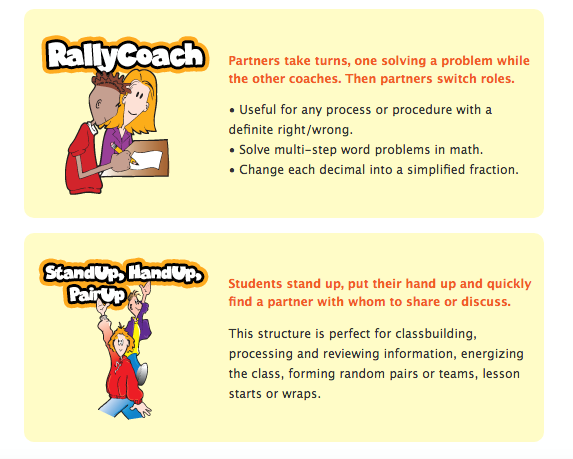Developing Oracy and Language Skills
According to the Oxford Language Report, a research study looking at the importance of children’s language development, ‘… the size of a child’s vocabulary is the best predictor of future success, and children with a poor vocabulary at five years old are four times more likely to struggle with reading in adulthood and three times more likely to have mental health issues.’
Developing our children’s language skills and oracy is the number one priority at Grove Road after supporting and championing children’s emotional and physical wellbeing. We see the skills of communication as one of the keys that will unlock the potential of all our learners, preparing them for successful and happy futures.
Research indicates that children’s vocabulary development directly impacts upon their future success in education and into adulthood. Reading is at the heart of this, as is engaging children in conversation and modelling good use of language so that their vocabularies develop. The use of ‘sentence stems’ to support our children’s classroom talk is an important part of how our Grove Road staff model language to the children.
Examples of sentence stems currently used in Science lessons:
-
‘I predict that_________ because________.’
-
‘We want to test ________ to find out whether _______.’
-
‘The similarities/differences between __________ and ________ are ________. ‘
To find out more about stem sentences, please visit this website: http://www.theteachertoolkit.com/index.php/tool/sentence-stems
Kagan Cooperative Learning Structures
One of the ways we incorporate the promotion of ‘talk’ across the curriculum, is through Kagan Cooperative Learning Structures. Kagan Structures are classroom strategies which improve children’s social skills and relationship skills by promoting and facilitating quality discussion during lessons.
Cooperative learning theory suggests that students learn best when they can encourage and ‘coach’ each other, when they are held individually accountable, when they all participate equally, and when there is a great deal of active, interactive engagement. Kagan group work usually produces very equal participation as the activities cause children to take turns and share information, and often includes individual accountability, a dimension proven to be essential for producing consistent achievement gains for all children.
Two examples of Kagan Structures:

.png)
